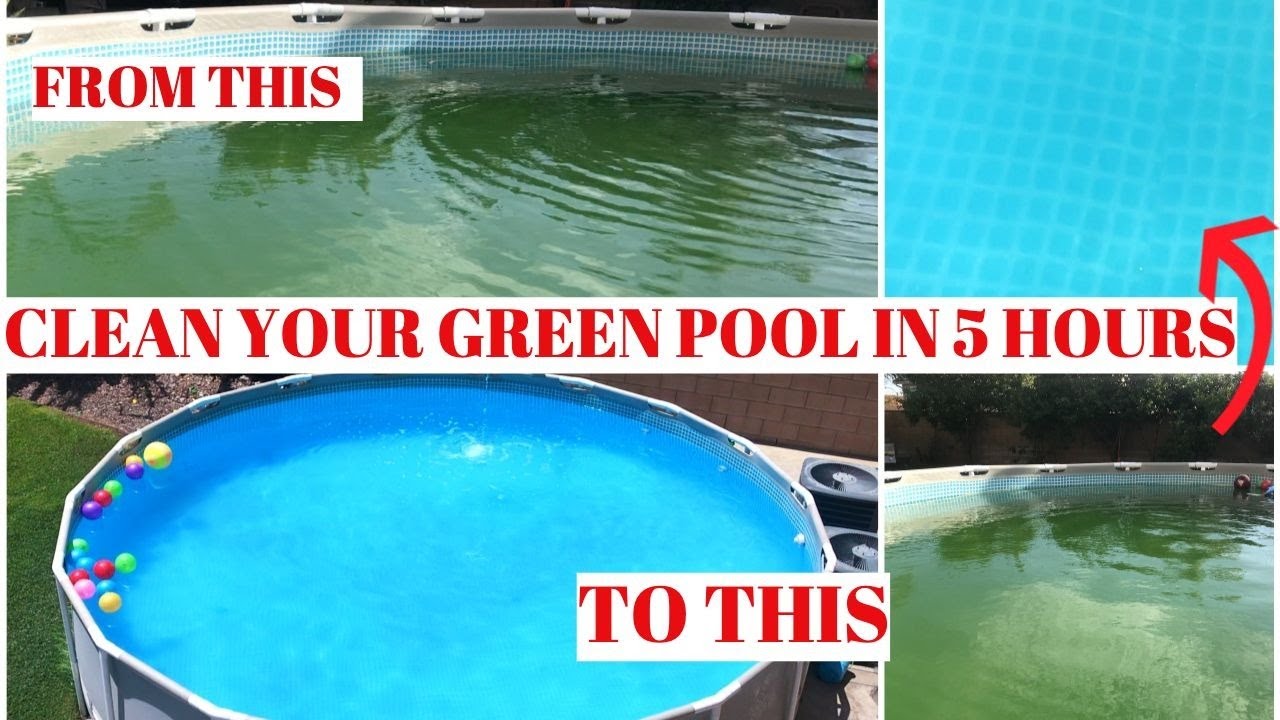
How to clean above ground pool
Cleaning an Above Ground Pool: A Step-by-Step Guide
Introduction
Regular cleaning of an above ground pool is essential to maintain water clarity, prevent the growth of algae and bacteria, and ensure a safe and enjoyable swimming experience. Cleaning an above ground pool involves several key steps, from skimming and brushing to vacuuming and maintaining proper chemical balance. In this guide, we will walk you through a step-by-step process to effectively clean your above ground pool.
Skimming the Surface
The first step in cleaning your above ground pool is to skim the surface. Use a pool skimmer net or skimmer basket attachment on a telescopic pole to remove leaves, debris, insects, and any other floating objects from the water’s surface. Start at one end of the pool and work your way across, making sure to cover the entire surface area. Click here and get skyhighpools.
Brushing the Pool Walls and Floor
After skimming the surface, it’s time to brush the pool walls and floor to remove algae, dirt, and other residue. Use a pool brush with nylon bristles or a brush attachment on a telescopic pole. Start at the top of the walls and work your way down, using circular motions to loosen any stubborn deposits. Pay special attention to corners, steps, and other hard-to-reach areas.
Vacuuming the Pool
Vacuuming your above ground pool is essential to remove fine particles, sediment, and debris that have settled on the pool floor. Attach a pool vacuum head to a telescopic pole and connect it to a vacuum hose. Submerge the vacuum head into the pool, ensuring it rests on the floor, and slowly move it across the surface, overlapping each pass for thorough cleaning. Make sure to vacuum the entire pool area, including corners and steps.
Cleaning the Filter
The filter plays a crucial role in keeping your pool water clean and clear. Depending on the type of filter you have – sand, cartridge, or DE (diatomaceous earth) – the cleaning process may vary. For a sand filter, you’ll need to perform backwashing. Turn off the pump, set the filter valve to the “backwash” position, and turn the pump back on to flush out debris. For a cartridge or DE filter, remove the filter element and rinse it with a hose or soak it in a cleaning solution, following the manufacturer’s instructions. Replace the filter element if it’s worn or damaged.
Checking and Balancing Water Chemistry
Maintaining proper water chemistry is crucial for a clean and safe swimming pool. Test the water regularly using a pool water testing kit to check pH, chlorine or sanitizer levels, alkalinity, and calcium hardness. Adjust the chemical levels as necessary to keep them within the recommended ranges. Use pH increaser or decreaser, chlorine, algaecide, and calcium hardness increaser, if needed, following the manufacturer’s instructions for proper dosage and application.
Shocking the Pool
To eliminate bacteria, algae, and other organic contaminants, it’s important to shock your above ground pool regularly. Pool shock is a powerful oxidizer that helps maintain water clarity and hygiene. Follow the manufacturer’s instructions to determine the appropriate amount of shock needed for your pool size. Dissolve the shock granules in a bucket of water and evenly distribute it across the pool’s surface. Run the pump and filter system for several hours to circulate the shock and allow it to work effectively.
Cleaning Pool Accessories
Don’t forget to clean and maintain your pool accessories to ensure they function properly. Rinse skimmer baskets, pool brushes, and vacuum heads with clean water after each use to remove debris and residue. Inspect and replace worn-out or damaged accessories as needed to maintain optimal cleaning performance.



